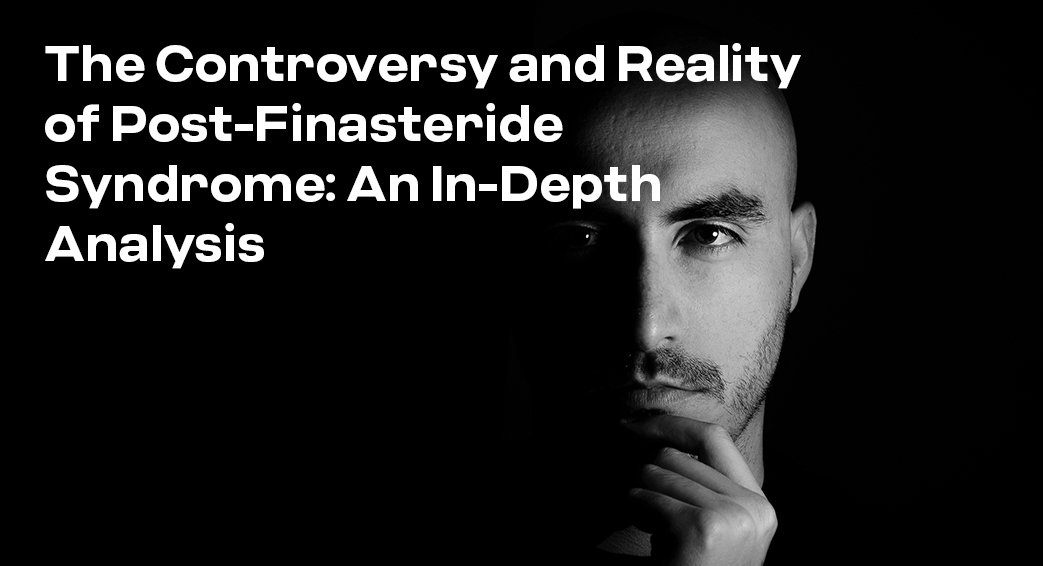Post-Finasteride Syndrome (PFS) has become a highly debated and controversial topic within the medical and hair loss communities. This condition, reportedly linked to the use of the drug finasteride, has raised significant concerns and discussions regarding its origins, the validity of associated studies, and the actual safety profile of the drug. This article aims to delve into these aspects comprehensively, providing a balanced view of the current understanding and ongoing debates.
The Origins of Finasteride and the Emergence of PFS
Finasteride, initially approved by the FDA in 1992 for the treatment of benign prostatic hyperplasia (BPH) and later in 1997 for androgenetic alopecia (male pattern baldness), works by inhibiting the enzyme 5-alpha reductase type 2. This enzyme converts testosterone into dihydrotestosterone (DHT), a hormone linked to hair loss and prostate growth. The drug was hailed as a breakthrough, providing an effective solution for hair loss sufferers.
However, more than a decade after its approval, reports of persistent sexual, neurological, and physical side effects began to surface. These symptoms, collectively termed Post-Finasteride Syndrome, include erectile dysfunction, depression, cognitive impairment, and loss of libido, among others. The delayed onset of these reports has sparked debates about the drug’s overall side effect profile and the authenticity of PFS as a medical condition.
Questionable Studies and Lack of Causal Evidence
The studies investigating PFS have been marred by controversy. Many of these studies fall under the category of retrospective observational studies, which rely on patient self-reports and lack a controlled environment. This methodology raises questions about the reliability of the findings, as these studies are prone to biases such as recall bias and selection bias.
To date, no conclusive causal evidence has been established linking finasteride to the persistent symptoms described by PFS sufferers. Most of the research consists of anecdotal reports and small-scale studies with methodological limitations. Critics argue that the absence of large-scale, randomized controlled trials (RCTs) leaves the claims about PFS unproven.
Mass Hysteria and Online Influence
The internet has played a significant role in amplifying the concerns surrounding finasteride. Online forums and social media platforms are filled with personal accounts of adverse effects, often fueling anxiety and hysteria about the drug. This phenomenon, sometimes referred to as “internet-induced mass hysteria,” can influence individuals’ perceptions and experiences, potentially leading to a nocebo effect, where negative expectations cause the onset or worsening of symptoms.
Legal Battles and Class Action Lawsuits
The rising concerns about finasteride have not gone unnoticed by the legal community. Numerous law firms have initiated class action lawsuits against the manufacturers, alleging that they failed to adequately warn users about the potential long-term side effects. These lawsuits have garnered significant attention, further complicating the narrative around finasteride and PFS. In April 2018, Merck agreed to pay nearly $4.3 million to settle 562 Propecia lawsuits. This settlement highlighted the seriousness of the claims and the impact on affected individuals.
The Safety Profile and Efficacy of Finasteride
Despite the controversy, finasteride continues to be prescribed widely and successfully for many individuals. Clinical trials and post-marketing surveillance data indicate that the drug is generally well-tolerated, with most side effects being mild and reversible upon discontinuation. According to the FDA and other regulatory bodies, the overall safety profile of finasteride remains favorable.
Millions of men use finasteride without experiencing any side effects and have great success in slowing the progression of their hair loss. In a significant percentage of men, the drug even helps in regrowing hair. These positive outcomes highlight the effectiveness of finasteride for a substantial number of users.
Current Data and Ongoing Research
The current data on finasteride suggests a complex picture. While some individuals report persistent side effects, the majority of users do not experience such issues. According to a comprehensive review published in the Journal of Clinical Endocrinology & Metabolism, the prevalence of severe adverse effects is relatively low, and the benefits of finasteride in treating hair loss and BPH are well-documented.
Ongoing research aims to clarify the mechanisms behind the reported side effects and determine whether PFS is a distinct medical condition. Efforts are being made to conduct more rigorous studies, including RCTs, to provide definitive answers.
Conclusion
The reality of Post-Finasteride Syndrome is a multifaceted issue that encompasses patient experiences, scientific inquiry, and societal influence. While the lack of causal evidence and the nature of some studies cast doubt on PFS as a distinct syndrome, the persistent reports of adverse effects cannot be dismissed. It is crucial for the medical community to continue investigating this issue with rigorous scientific methods to provide clear answers and ensure the safety and well-being of patients. Meanwhile, individuals considering finasteride should be informed of the potential risks and benefits, allowing them to make educated decisions about their treatment options.
